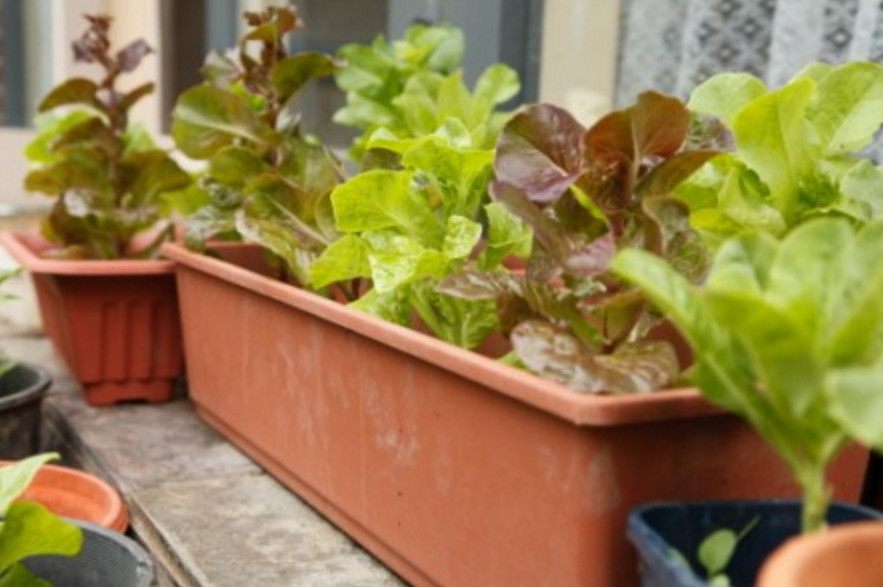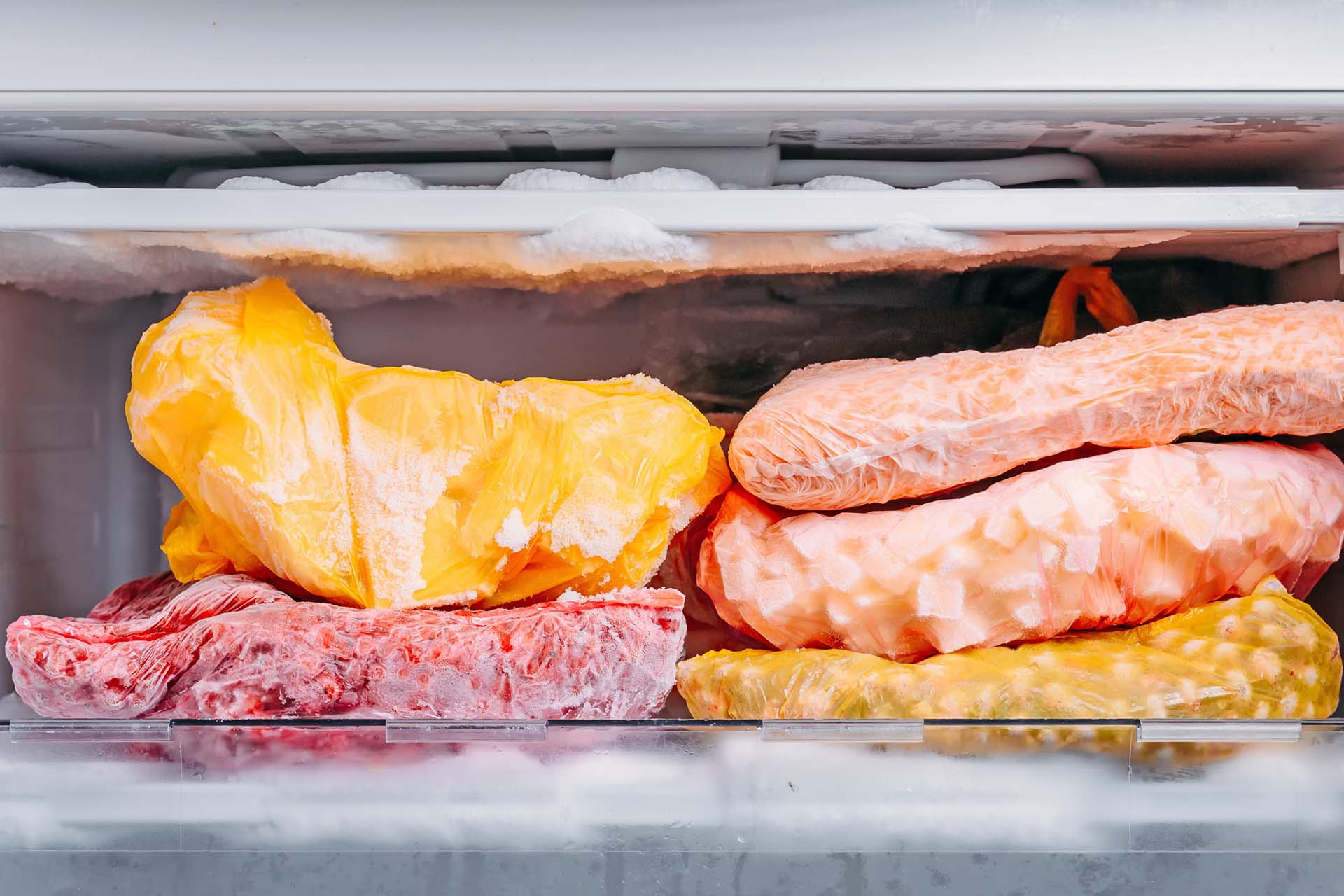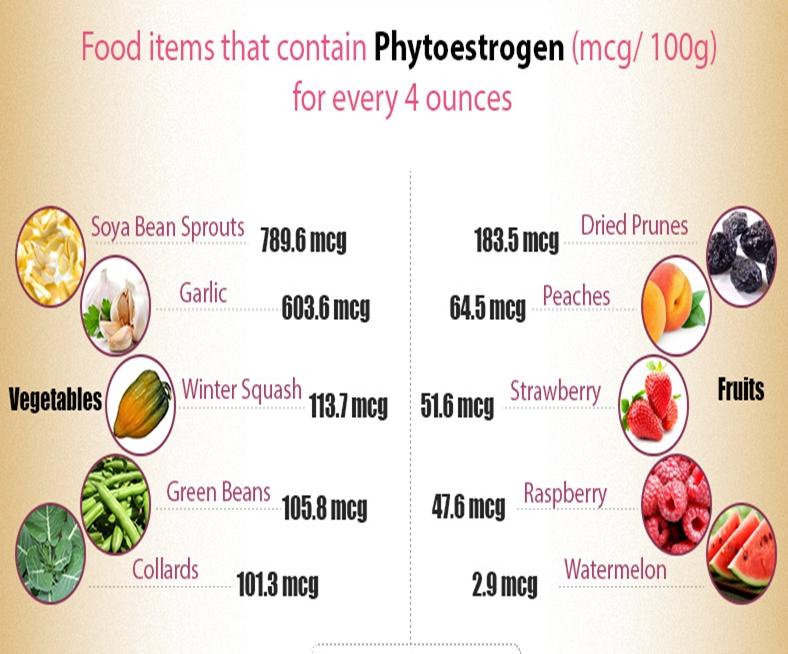Growing vegetables indoors is a great way to enjoy fresh, organic produce all year round, regardless of your climate or living space. With a little planning and effort, you can create a thriving indoor garden that will provide you with delicious and nutritious vegetables.

- Choose the Right Location:
Select a location in your home that receives plenty of sunlight, as most vegetables need at least 6-8 hours of direct sunlight per day. South-facing windows are ideal, but east or west-facing windows can also work.

- Choose the Right Containers:
There are many different types of containers suitable for growing vegetables indoors, including pots, raised beds, and grow bags. Choose containers that are large enough to accommodate the root systems of your plants and have drainage holes to prevent waterlogging.

- Prepare the Soil:
Use a well-draining potting mix that is specifically designed for vegetables. You can also add organic matter, such as compost or peat moss, to improve the soil’s fertility and water-holding capacity.
- Choose the Right Vegetables:
Some vegetables are better suited for indoor gardening than others. Good choices include leafy greens (such as lettuce, spinach, and kale), root vegetables (such as carrots, radishes, and beets), and tomatoes and peppers.
- Planting Your Vegetables:
Follow the instructions on the seed packet for planting depth and spacing. Water the seeds well after planting and keep the soil moist but not soggy.
- Water and Fertilize:
Water your indoor vegetable garden regularly, making sure to keep the soil moist but not soggy. Fertilize your plants every few weeks with a balanced fertilizer.
- Provide Support:
Some vegetables, such as tomatoes and cucumbers, need support to grow properly. Use stakes, trellises, or cages to provide support for your plants.
- Control Pests and Diseases:
Indoor vegetable gardens are susceptible to pests and diseases, just like outdoor gardens. Monitor your plants regularly and treat any problems quickly and safely.
- Harvest Your Crops:
Harvest your vegetables when they are ripe. This will vary depending on the type of vegetable you are growing. Be sure to harvest your vegetables at the right time to ensure the best flavor and quality.
- Regularly Monitor and Adjust:
Monitor your indoor vegetable garden regularly and make adjustments as needed. This may include adjusting the amount of water or fertilizer you are providing, or providing additional support for your plants.










